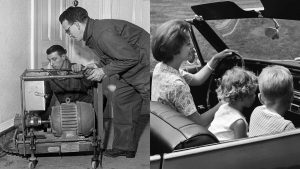Inventions that were decades ahead of their time
Futuristic inventions have always captured the human imagination, sparking wonder and curiosity. From ancient times to the present, people have dreamed of technologies that defy the boundaries of time and space.
These concepts often begin in the realm of science fiction, inspiring real-world innovators to turn fiction into fact. Our fascination with the future reflects our innate desire to explore the unknown and improve our lives through technological advancement.
The Timeless Genius of Leonardo da Vinci’s Designs
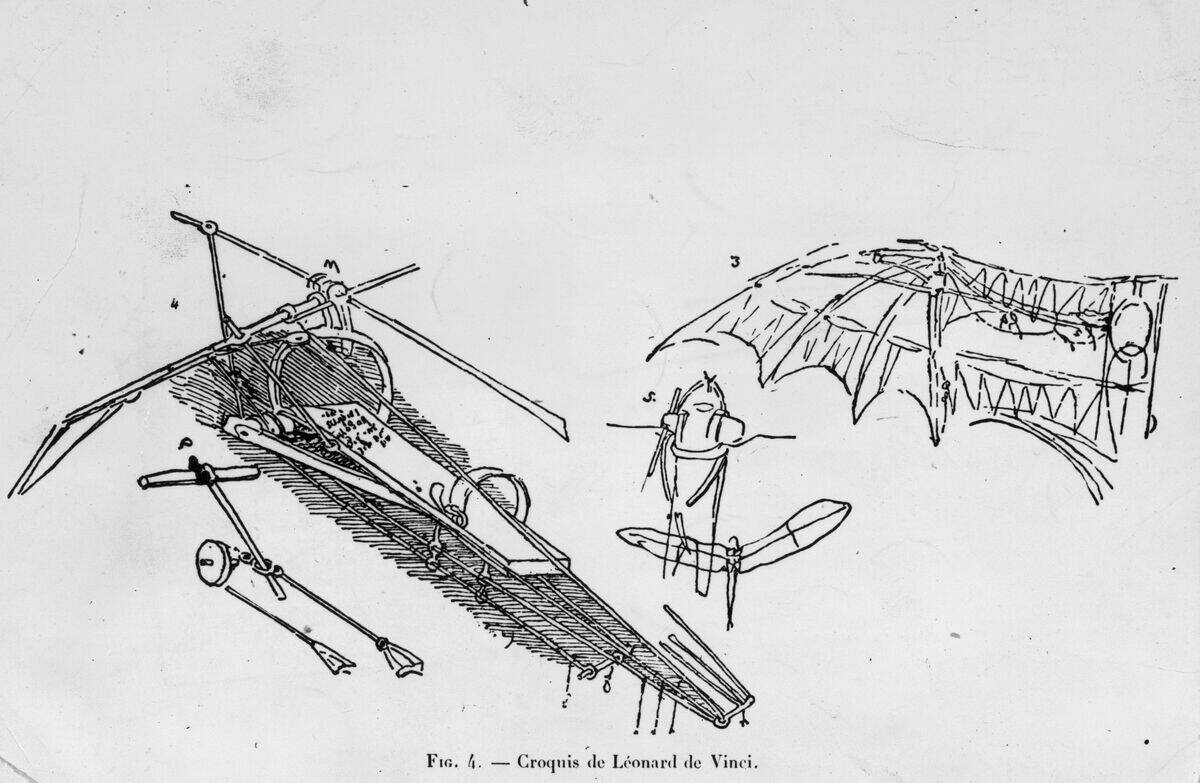
Leonardo da Vinci, a Renaissance polymath, sketched designs that were centuries ahead of his time. His detailed drawings of flying machines, like the ornithopter, showcase his understanding of aerodynamics long before the Wright brothers took flight.
Da Vinci also conceptualized the first armored vehicle and a primitive form of the helicopter. These inventions, although not realized in his lifetime, laid the groundwork for future technological breakthroughs.
Nikola Tesla’s Wireless Power Transmission
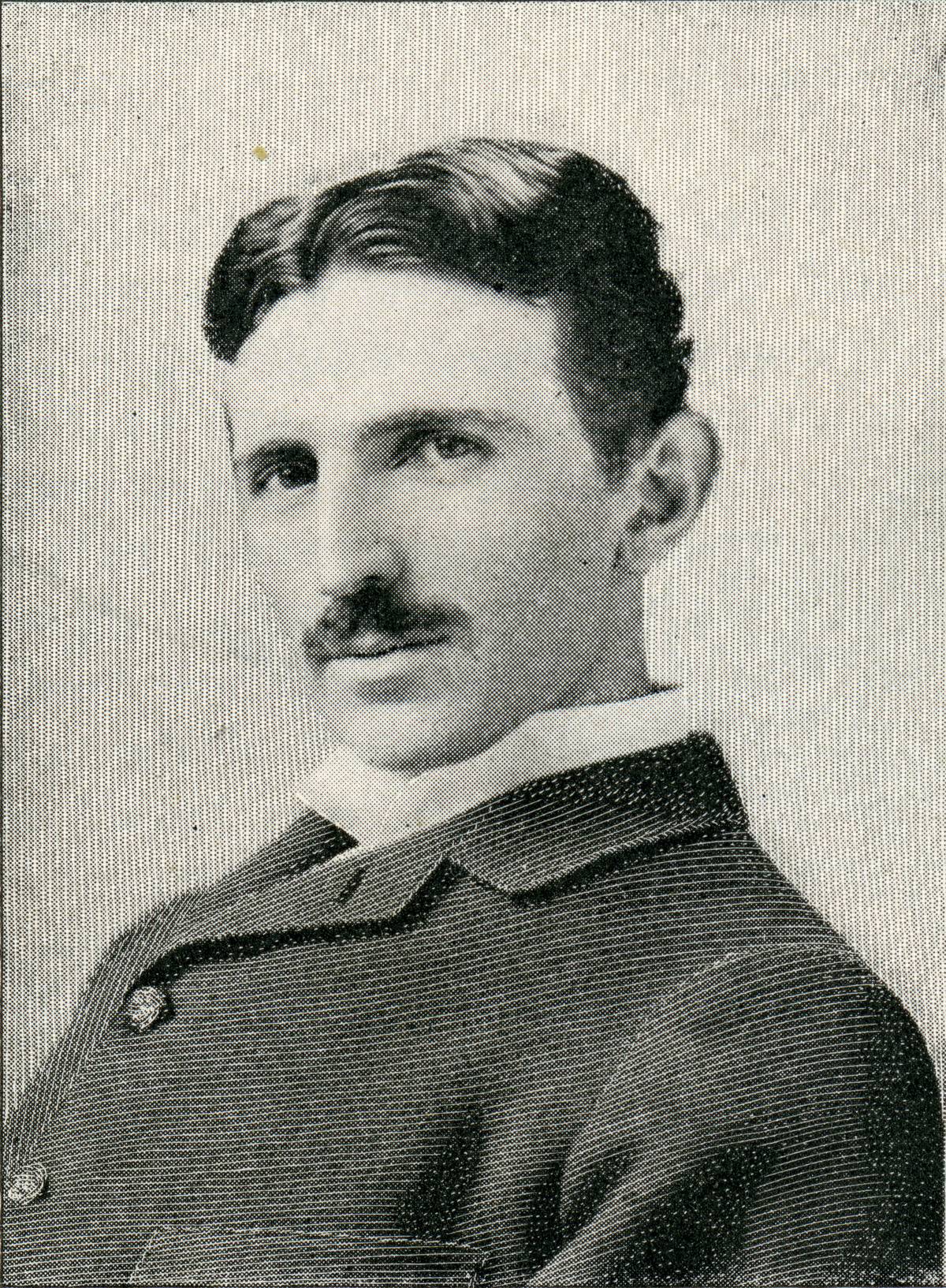
Nikola Tesla, known for his groundbreaking work in electricity, envisioned a world powered wirelessly. In the early 1900s, he demonstrated wireless energy transmission through his Tesla Coil.
Although his dream of a global wireless power network wasn’t realized, his work laid the foundation for modern wireless technologies, from radio to Wi-Fi. Tesla’s visionary ideas continue to inspire engineers and scientists in the quest for efficient energy solutions.
Charles Babbage’s Analytical Engine: The Proto-Computer
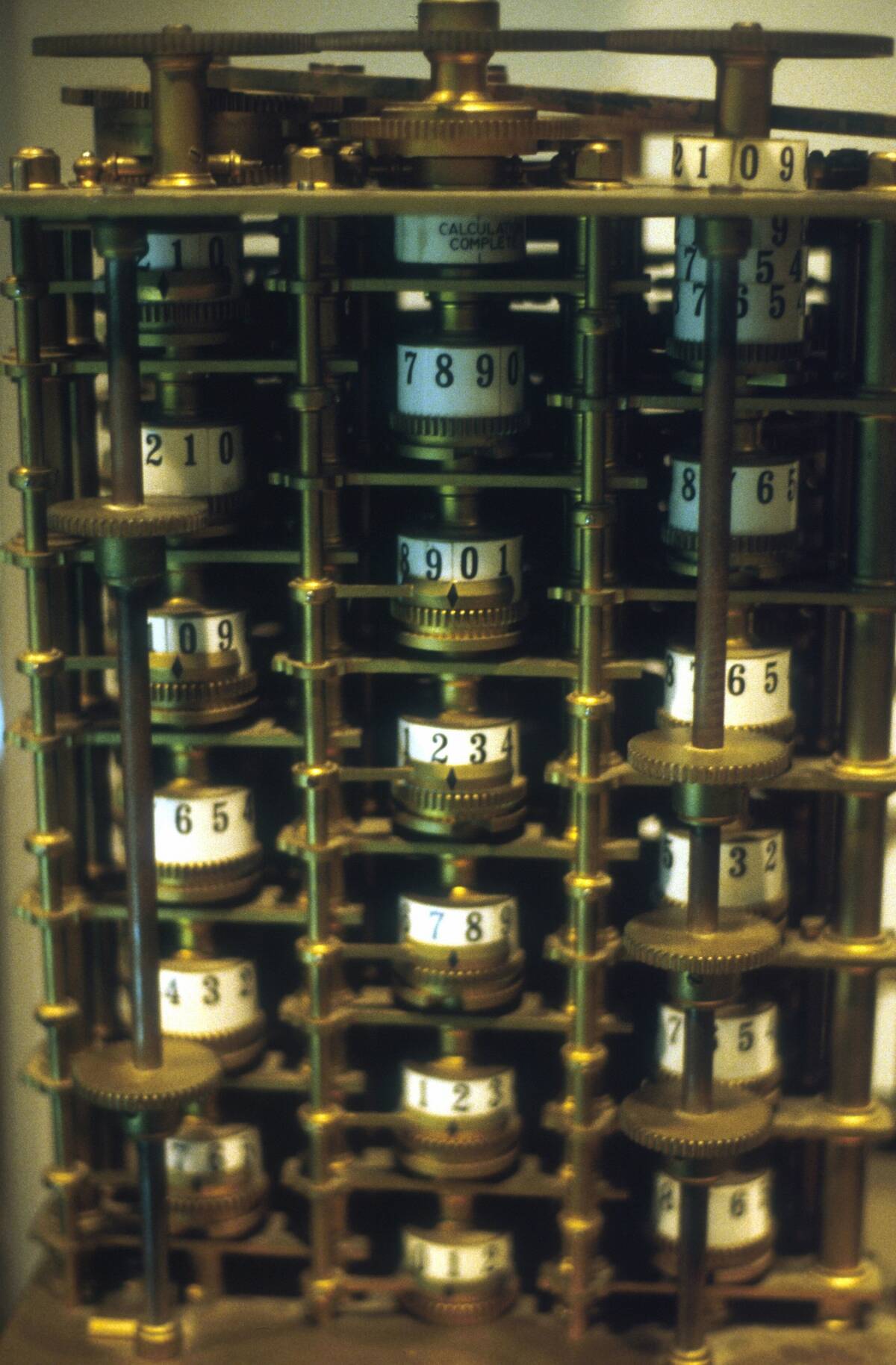
Charles Babbage is often credited with designing the first mechanical computer, the Analytical Engine, in the 1830s. This machine was intended to perform any calculation, a concept akin to modern computers.
Although it was never completed, Babbage’s design included components like a central processing unit and memory, which are foundational to today’s computers. His work inspired future generations, including Ada Lovelace, who wrote the first algorithm intended for a machine.
The Jet Pack: A Sci-Fi Dream That Preceded Reality
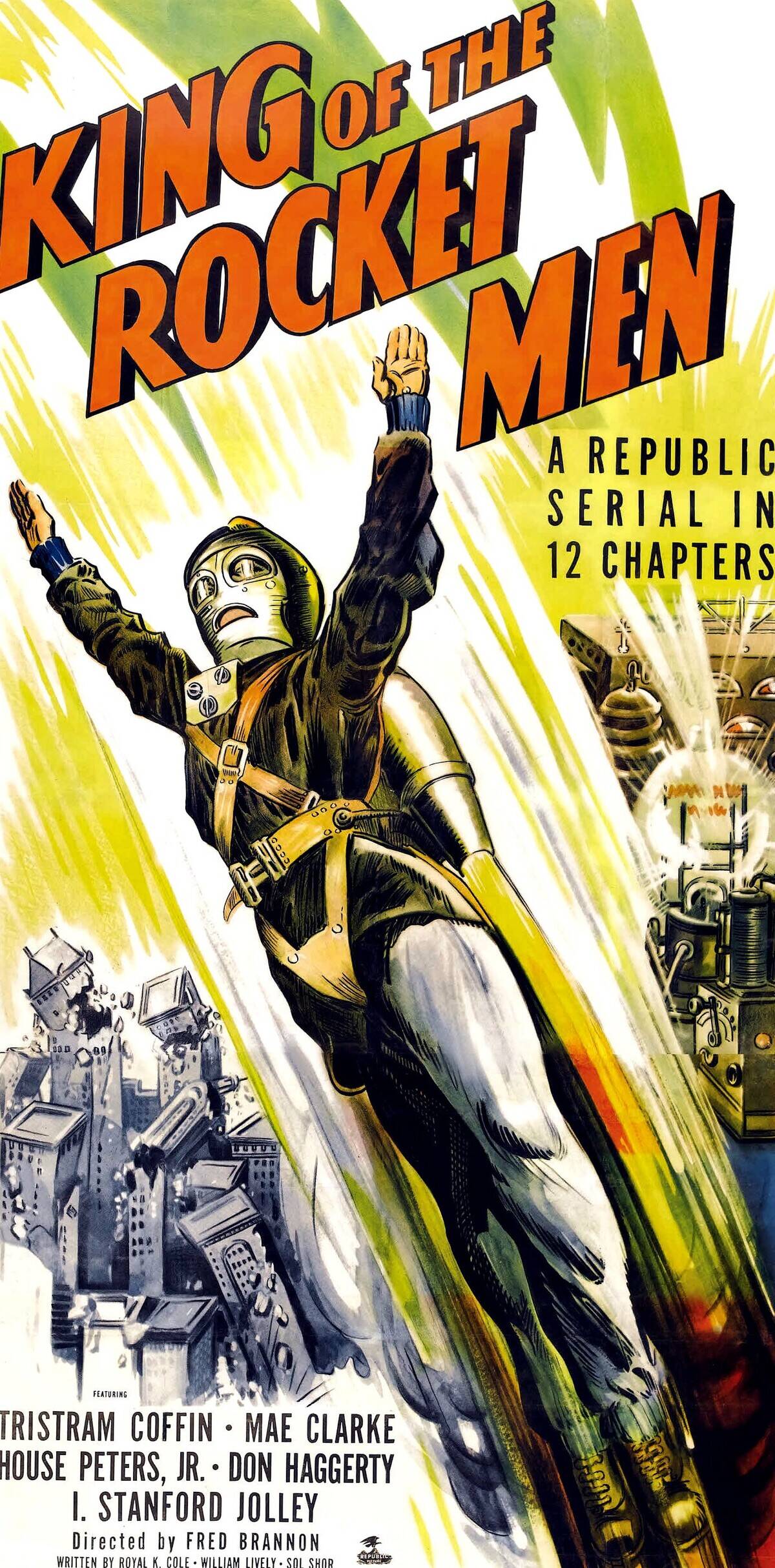
Jet packs have been a staple of science fiction since the early 20th century. The concept of personal flight captured imaginations, appearing in pulp magazines and films like The Rocketeer.
In reality, the first practical jet pack was developed by Bell Aerosystems in the 1960s. Although challenges like limited flight time have hindered widespread use, advancements continue, keeping the dream of personal flight alive and well.
The Electric Car: A Century-Old Solution to Modern Problems
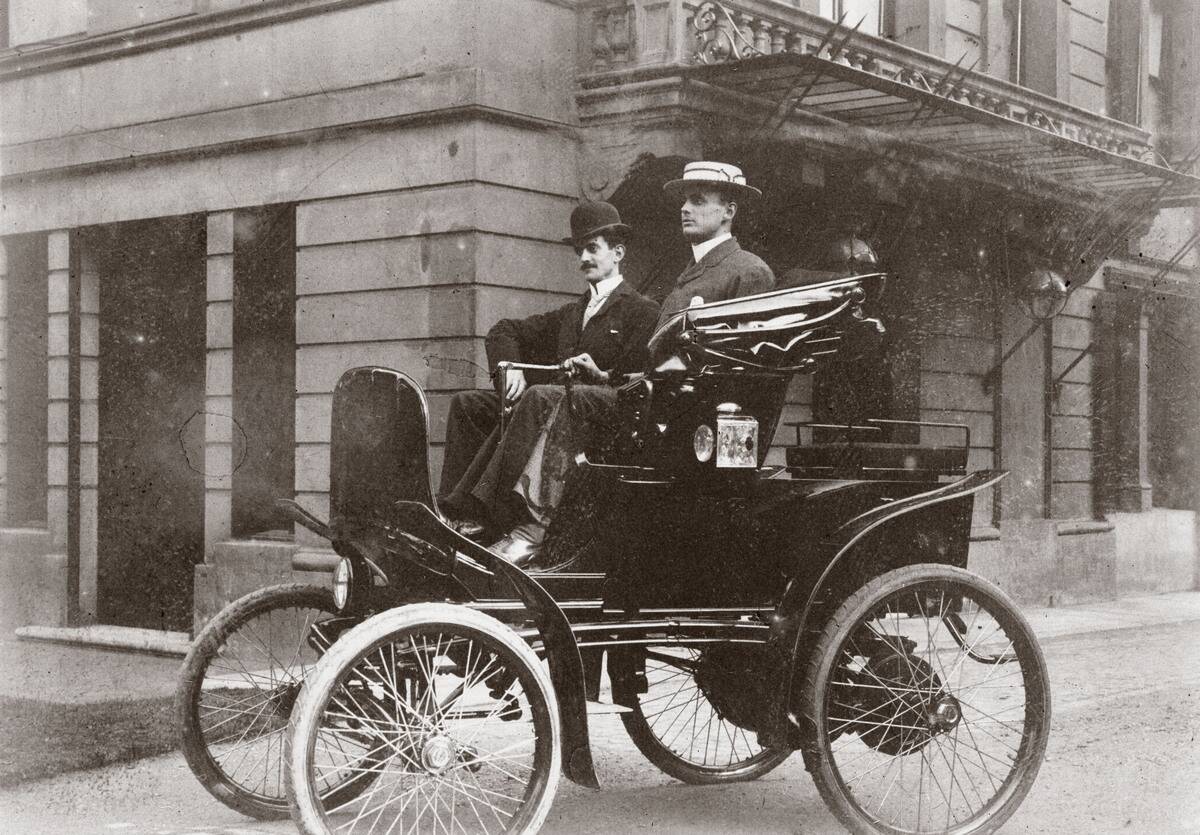
Electric cars might seem like a modern innovation, but they date back to the late 1800s. By 1900, electric vehicles (EVs) accounted for a third of all vehicles on the road.
Their popularity waned with the rise of gasoline-powered cars, but concerns over fossil fuels and emissions have revived interest. Today, electric vehicles are at the forefront of sustainable transportation, with companies like Tesla leading the charge toward a greener future.
The Rise and Fall of the Concorde: Supersonic Travel

The Concorde, introduced in the 1970s, was a marvel of engineering, offering supersonic travel across the Atlantic. Capable of flying at twice the speed of sound, it reduced flight times significantly.
However, high operating costs, noise pollution, and limited routes led to its retirement in 2003. Despite its challenges, the Concorde remains an iconic symbol of human innovation and continues to inspire new efforts in supersonic travel.
The Creation of Virtual Reality in the 1960s
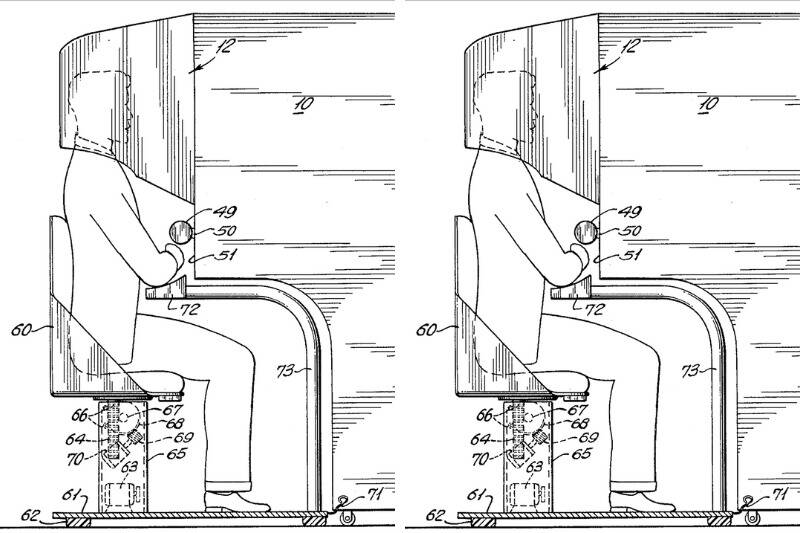
Virtual reality (VR) might seem like a recent phenomenon, but its roots trace back to the 1960s. Morton Heilig’s “Sensorama” offered a multi-sensory experience, and Ivan Sutherland’s “Sword of Damocles” was the first true VR headset.
While early technology was rudimentary, it laid the groundwork for today’s immersive VR experiences. Advancements in computing power and graphics have transformed VR into a tool for entertainment, education, and beyond.
The First Tablet Computer: A 1968 Vision

The concept of a tablet computer first appeared in 1968 through Alan Kay’s “Dynabook” proposal. Kay envisioned a portable, personal device for children, with features similar to modern tablets.
Although the Dynabook was never built, it inspired future developments like the Apple iPad. Today, tablets are ubiquitous, serving as versatile tools for communication, entertainment, and productivity, embracing Kay’s vision of accessible personal computing.
The Hoverboard: From Sci-Fi to Sidewalks
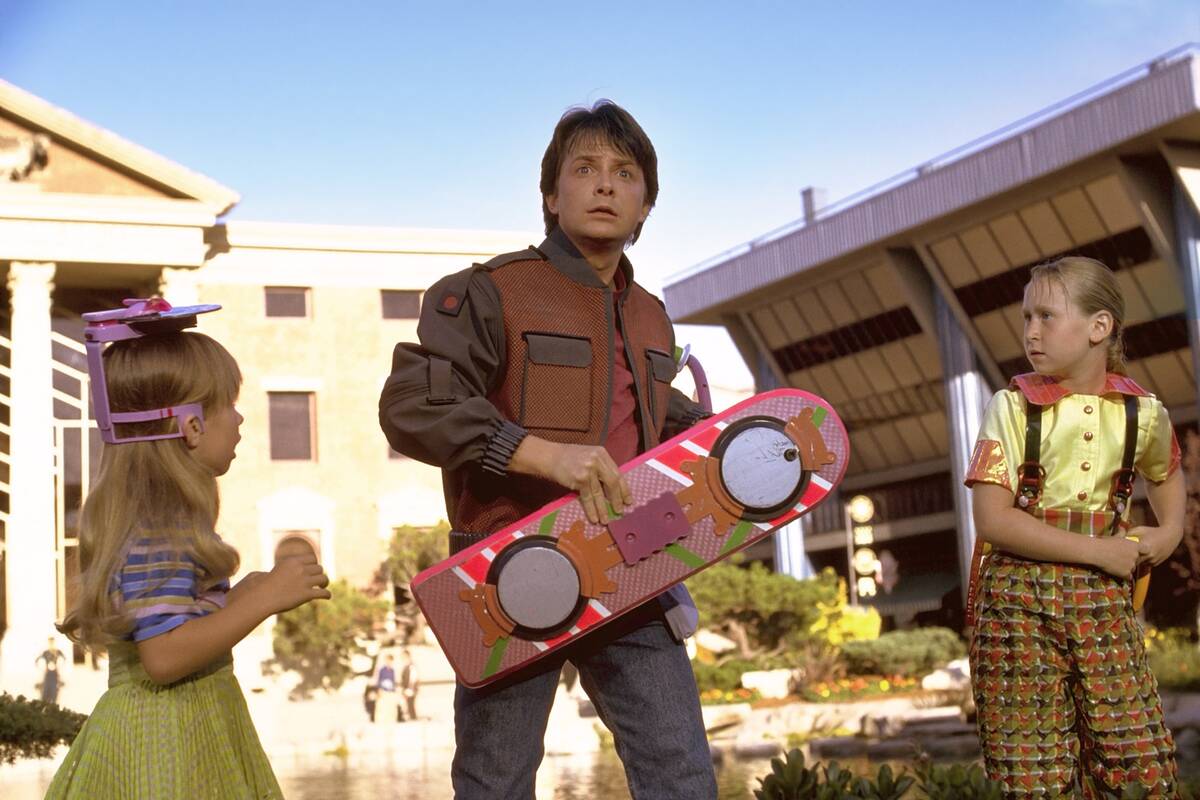
Hoverboards have been a staple of science fiction since Back to the Future Part II popularized them in 1989. Although we don’t have true levitating boards yet, self-balancing scooters are often referred to as hoverboards.
These devices, which became a fad in the mid-2010s, were enjoyed for their fun and novelty. While not exactly what Marty McFly rode, they represent humanity’s continuous effort to bring sci-fi into reality.
Artificial Intelligence: A Concept Born in the 1940s
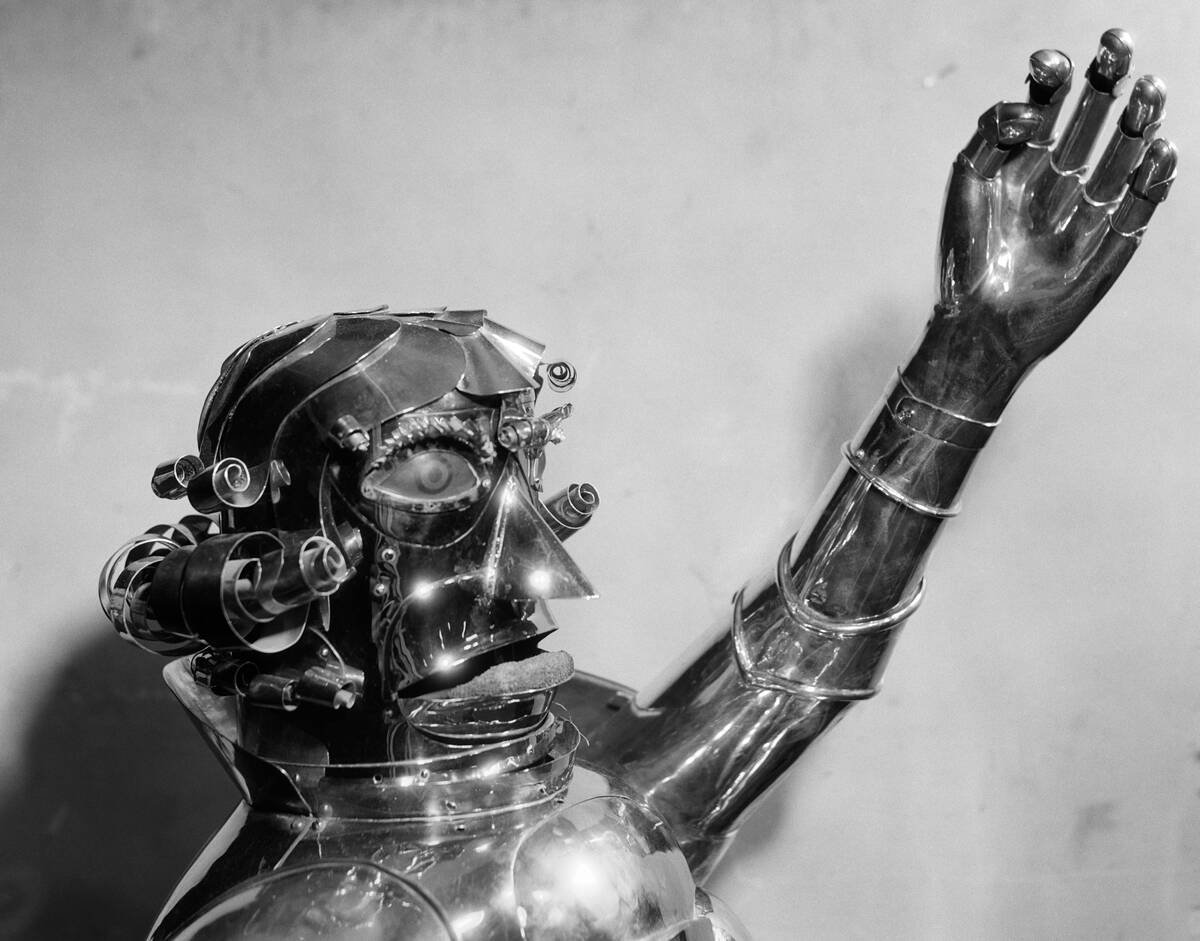
Artificial intelligence (AI) began as a concept in the late 1940s, with pioneers like Alan Turing and John McCarthy exploring machine learning. Early AI research focused on problem-solving and symbolic reasoning.
Over the decades, advancements in computing power and data availability have propelled AI forward. Today, AI systems are integrated into various applications, from virtual assistants to autonomous vehicles, reshaping industries and sparking new ethical considerations.
The Predictive Power of Early 20th Century Sci-Fi Novels
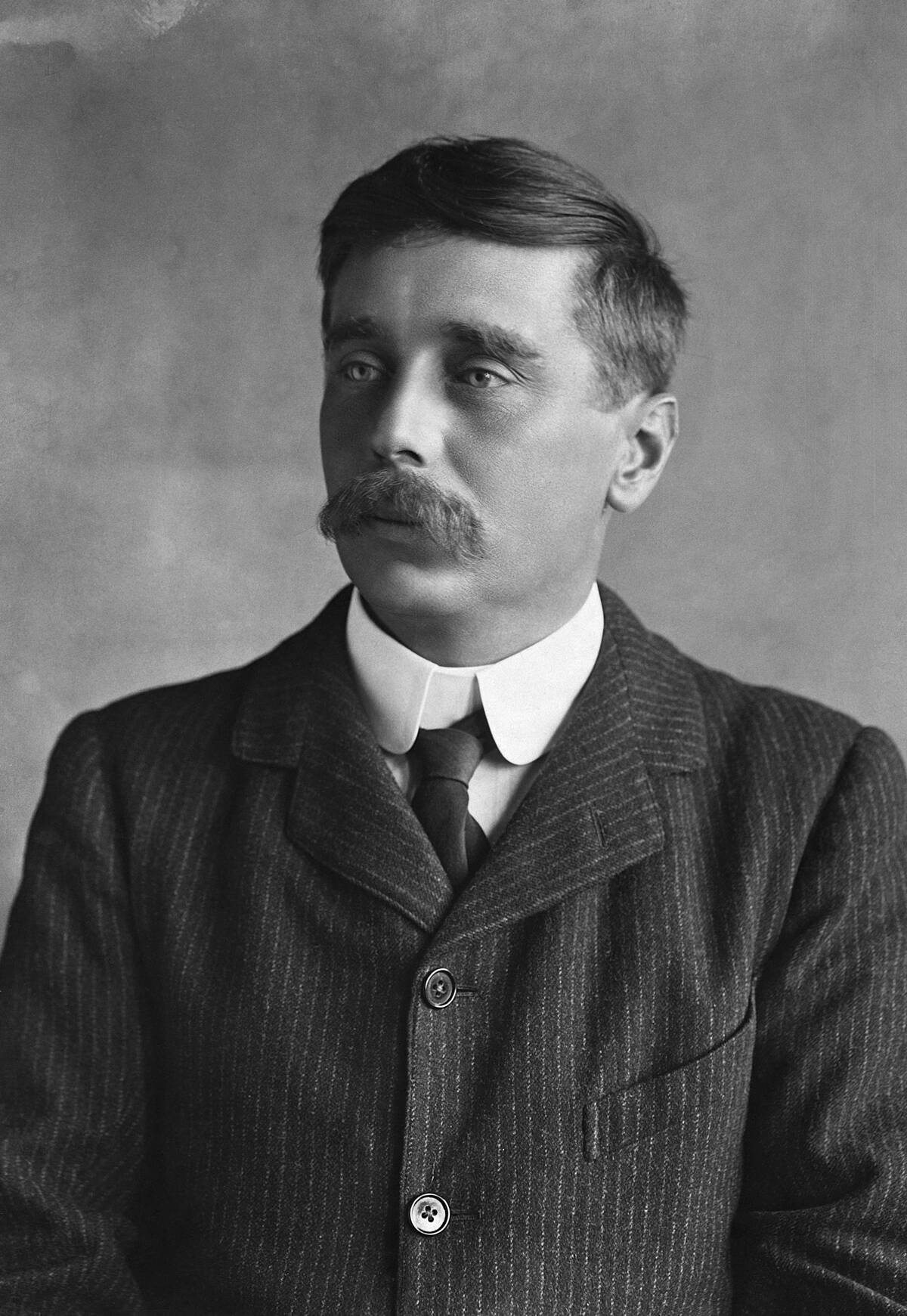
Early 20th-century sci-fi novels often predicted technologies that seemed fantastical at the time. H.G. Wells (pictured) imagined atomic bombs in The World Set Free, and E.M. Forster’s The Machine Stops envisioned a world interconnected by a global communication network.
These authors anticipated technological advancements that have since become reality, highlighting the power of imagination to foresee and inspire future innovations.
The Dawn of 3D Printing Technology
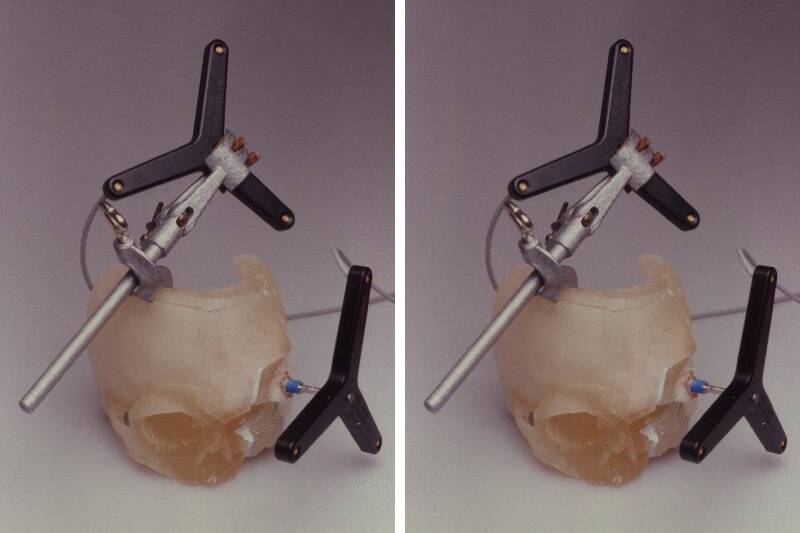
3D printing, or additive manufacturing, has its roots in the 1980s when Charles Hull invented stereolithography. This technology builds objects layer by layer using computer-aided design.
Initially used for prototyping, 3D printing has expanded into various fields, including healthcare, construction, and aerospace. Its ability to create complex structures with minimal waste is revolutionizing manufacturing, making 3D printing a key player in the future of production.
Early Attempts at Video Calling: A Look Back

The idea of video calling dates back to the 1920s, where the idea for AT&T’s “Picturephone” — debuting at the 1964 World’s Fair — was first conceived. Although it was imagined as far back as the late 19th Century, this was the first prototypical attempt at the concept. Despite its futuristic appeal, early video calling faced obstacles like high costs and limited infrastructure.
It wasn’t until the rise of the internet and smartphones that video calling became practical. Today, services like Zoom and Skype make face-to-face communication accessible worldwide, fulfilling a vision that took decades to realize.
The Self-Driving Car: A Long-Envisioned Reality
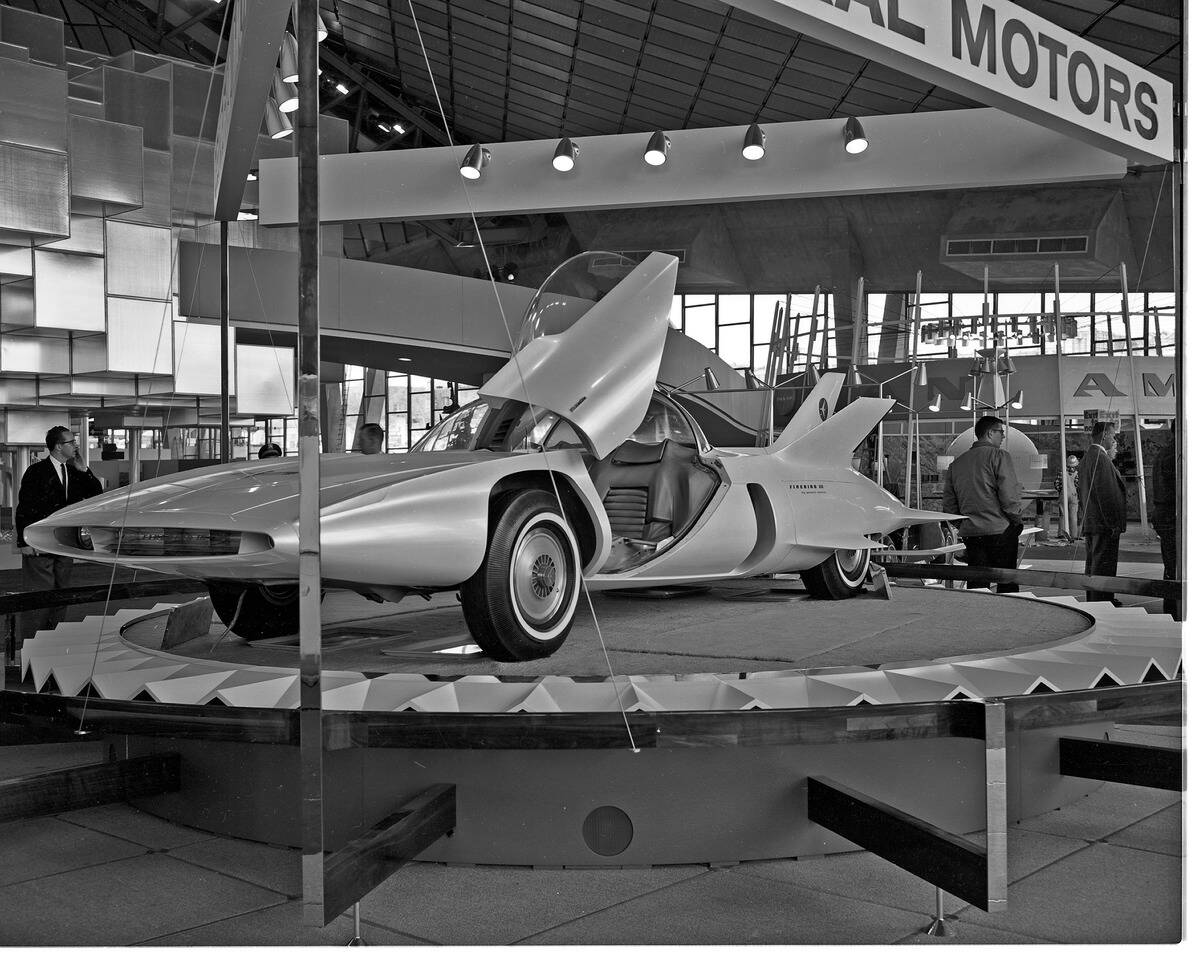
Self-driving cars, once a sci-fi fantasy, are rapidly becoming a reality. Research began in the 1920s, with early prototypes appearing in the 1980s.
Advances in sensors, AI, and data processing have accelerated development, with companies like Tesla and Waymo leading the charge. While regulatory and safety challenges remain, autonomous vehicles promise to revolutionize transportation, offering increased safety, efficiency, and accessibility in the near future.
Solar Power: Harnessing the Sun’s Energy Before It Was Cool
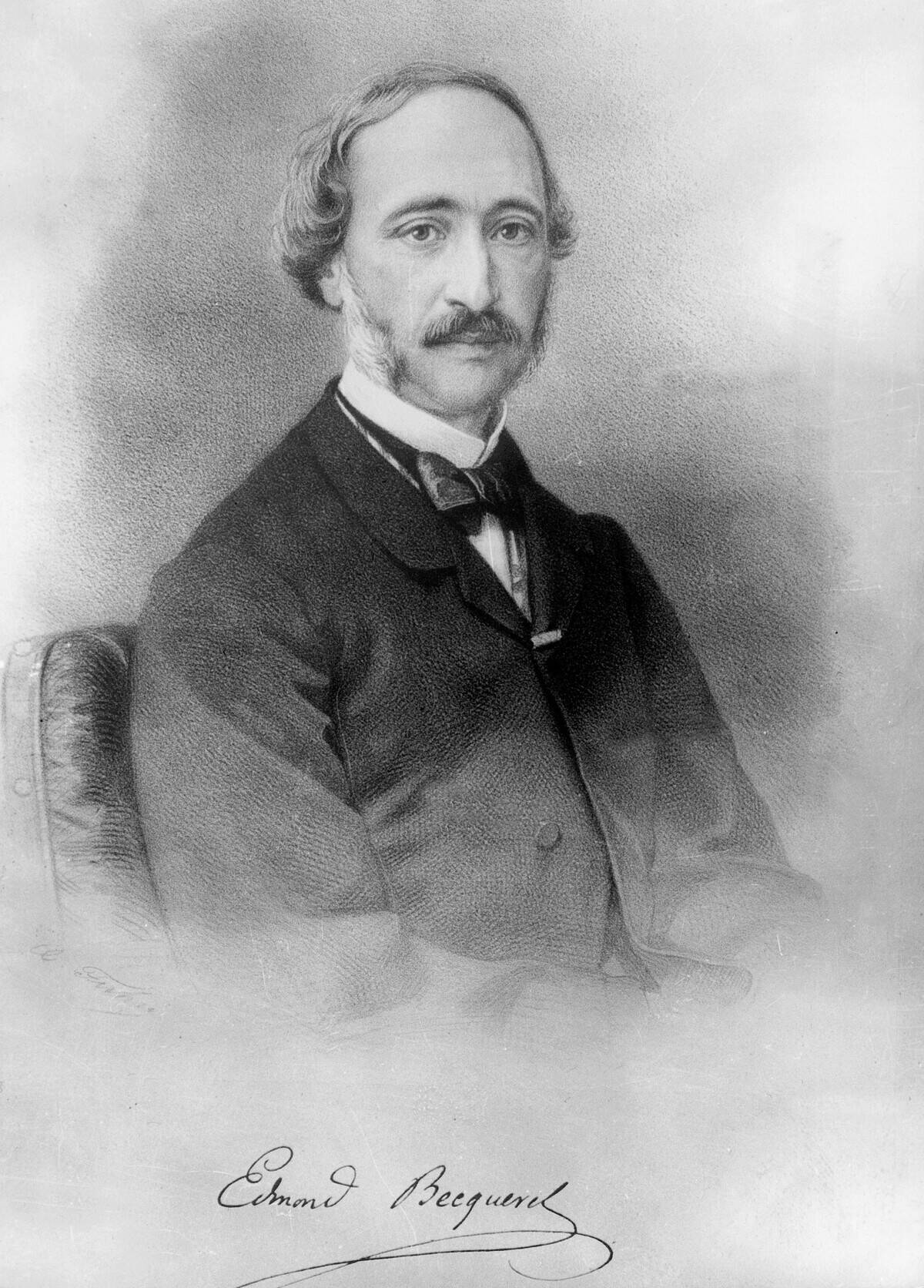
Solar power dates back to the 19th century when Alexandre Edmond Becquerel discovered the photovoltaic effect. Early solar cells were inefficient, but the technology has advanced significantly.
Today, solar energy is a cornerstone of renewable energy strategies, with panels becoming more efficient and affordable. As the world shifts toward sustainable energy, solar power continues to grow in importance, embodying the vision of a clean, renewable energy source.
The Dream of Space Tourism: From Fiction to Launch Pads
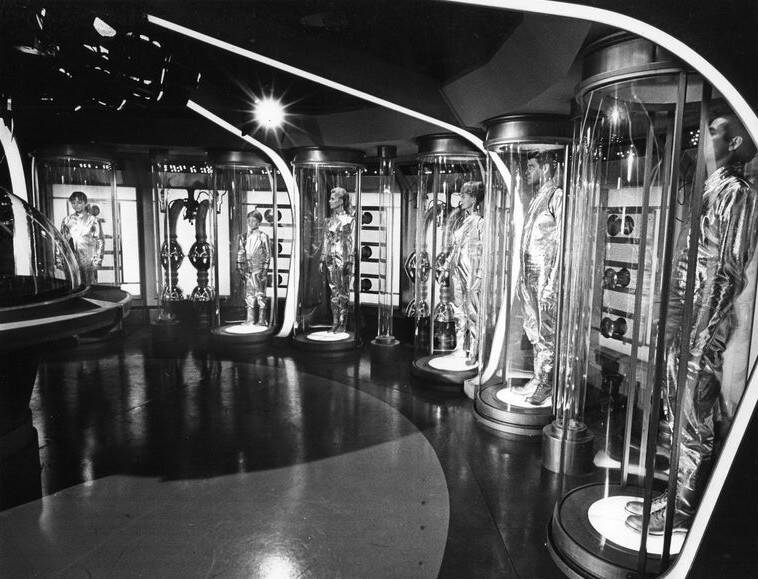
Space tourism, once confined to science fiction, is now on the verge of becoming a reality. Visionaries like Elon Musk and Richard Branson are investing heavily in making space travel accessible to civilians.
Companies like SpaceX and Blue Origin are developing spacecraft designed to take tourists beyond Earth’s atmosphere. While still in its infancy, space tourism promises to open new frontiers for exploration, offering a glimpse of the cosmos to ordinary people.
The Evolution of Wearable Tech: From Dick Tracy to Smartwatches

Wearable technology has come a long way since the days of Dick Tracy’s wrist radio. The 1980s saw the first digital watches, but it wasn’t until the 21st century that smartwatches became mainstream.
Devices like the Apple Watch offer health monitoring, communication, and connectivity, transforming them into essential gadgets. As technology continues to evolve, wearables are set to play an even greater role in personal health and lifestyle management.




